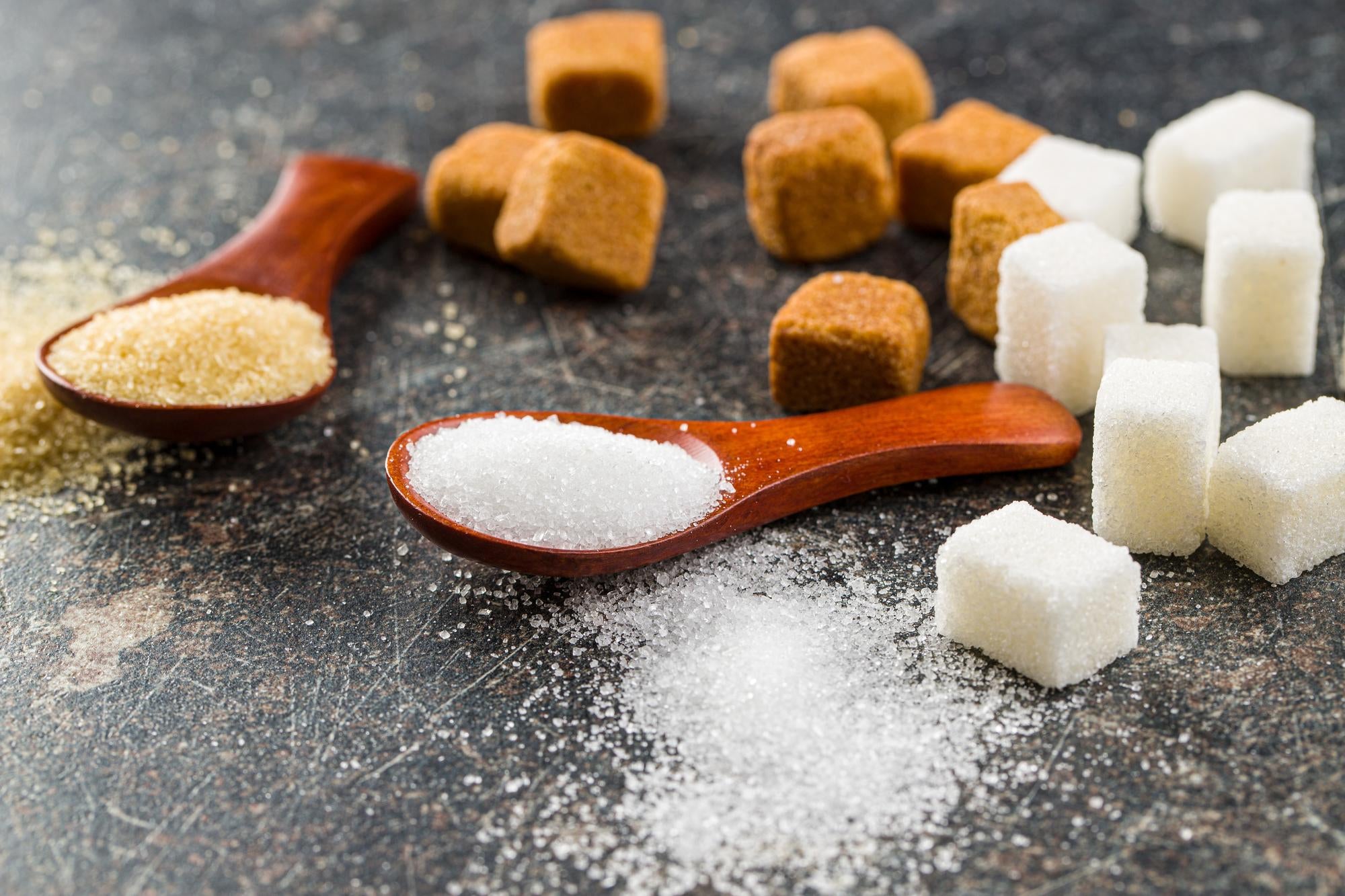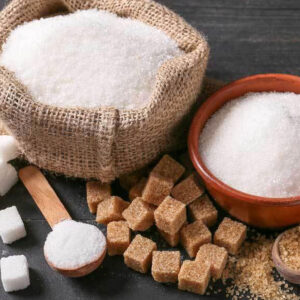Discover the Uses and Conveniences of Beet Sugar Vs Cane Sugar in Your Daily Diet Plan
Exploring the distinct high qualities of beet and cane sugar exposes greater than just their sweetening capabilities; it highlights their distinct influences on health and cookeries. Beet sugar, understood for its subtle flavor, is usually favored in delicate desserts, whereas cane sugar, with its hint of molasses, includes splendor to robust meals. Each kind holds its very own nutritional profile and glycemic effects, welcoming a much deeper understanding of their functions in a balanced diet regimen and sustainable consumption techniques.
Beginning and Production Procedures of Beet and Cane Sugar

The distinct climates and soil kinds needed for growing sugar beets and sugarcane add to distinctions in their growing methods and geographic circulation, affecting the economics and sustainability of their manufacturing. beet sugar vs cane sugar.
Nutritional Comparison In Between Beet Sugar and Cane Sugar
In spite of stemming from various plants, beet sugar and cane sugar are nutritionally really similar, both largely containing sucrose. Each provides regarding 4 calories per gram, converting to roughly 16 calories per teaspoon. Structurally, both sugars are composed of about 99.95% sucrose, with very little quantities of various other materials like dampness and trace minerals, which do not substantially change their dietary profiles.

Inevitably, when choosing between beet sugar and cane sugar based on dietary web content alone, both deal similar benefits and disadvantages as they are essentially types of the very same particle-- sucrose, supplying fast power without various other nutrients.
Influence On Wellness: Glycemic Index and Caloric Content
Discovering even more right into the results of beet sugar and cane sugar on health and wellness, it is necessary to consider their glycemic index and calorie content. Both sugars are categorized as sucrose, which includes important source glucose and fructose. This structure leads them to have a comparable effect on blood glucose degrees. The glycemic index (GI) of both beet and cane sugar is around 65, categorizing them as high-GI foods, which can cause quick spikes in blood sugar levels. This is a vital aspect for people managing diabetic issues or those attempting to support their power levels throughout the day.
Each kind of sugar contains about 4 calories per gram, making their calorie content matching. For those checking calorie intake, particularly when taking care of weight or metabolic health and wellness problems, recognizing this equivalence is vital (beet sugar vs cane sugar). Nevertheless, too much usage of any high-calorie, high-GI food can add to health and wellness problems such as excessive weight, heart illness, check out this site and insulin resistance.
Environmental and Economic Considerations of Sugar Production
Beyond health and wellness influences, the production of beet and cane sugar also elevates significant ecological and economic issues. Sugar beet farming has a tendency to need cooler environments and has a reduced geographical footprint contrasted to sugar cane, which flourishes in exotic regions. Nonetheless, both plants are extensive in regards to water use and land line of work, potentially leading to deforestation and water deficiency. Economically, the worldwide sugar market is very unpredictable, influenced by changes in international trade plans and aids. Lots of countries incentivize sugar manufacturing with financial backing, skewing market costs and influencing small-scale farmers negatively.
Furthermore, using chemicals and fertilizers in both beet and cane sugar cultivation can result in dirt destruction and contamination, further impacting biodiversity and neighborhood water bodies (beet sugar vs cane sugar). The selection between cultivating sugar beet or cane commonly hinges on regional environmental problems and economic elements, making the sustainability of sugar production a complicated concern
Culinary Applications and Taste Distinctions
While the ecological and financial elements of sugar manufacturing are without a doubt considerable, the choice between beet and cane sugar also influences cooking applications and flavor profiles. Beet sugar, originated from the sugar beet plant, is known for its incredibly neutral preference. This makes it a versatile component in cooking, where it does not change the flavor of other over at this website parts. It dissolves rapidly and is suitable for usage in cakes, cookies, and breads.
Walking stick sugar, removed from sugarcane, frequently keeps molasses traces, which present an unique richness and depth. This small molasses taste improves the intricacy of baked items, sauces, and marinades. It is specifically favored in items where a sugar touch is preferred, such as in brownies or gingerbread. Moreover, the mild variation in wetness web content between beet and cane sugar can impact the texture and consistency of recipes, making cane sugar a recommended option for specific recipes that benefit from its special homes.

Conclusion
To conclude, both beet and cane sugar have distinctive origins and production procedures, offering comparable dietary accounts with mild differences in salt web content and flavor. While their impact on wellness, especially regarding glycemic index and calories, is comparable, the selection between them frequently boils down to environmental, economic variables, and specific cooking requirements. Understanding these facets can direct customers in making educated decisions that line up with their health and wellness goals and taste preferences.